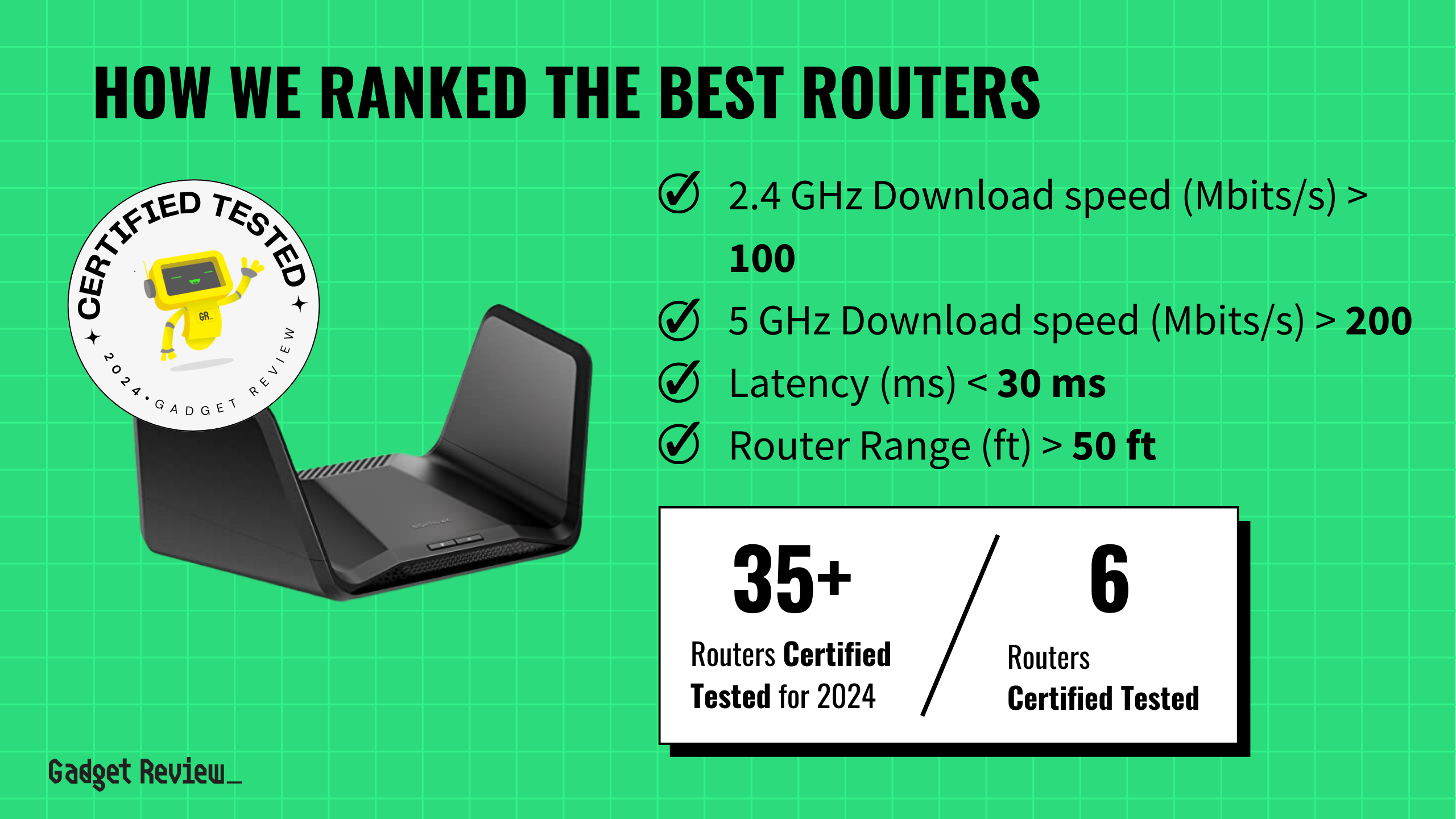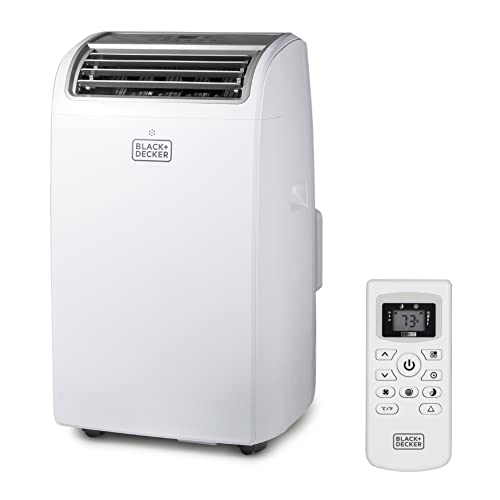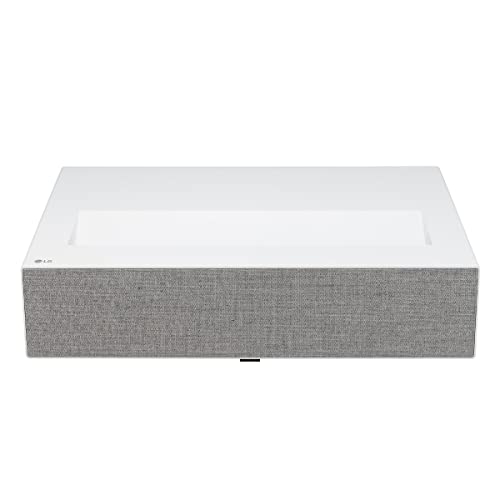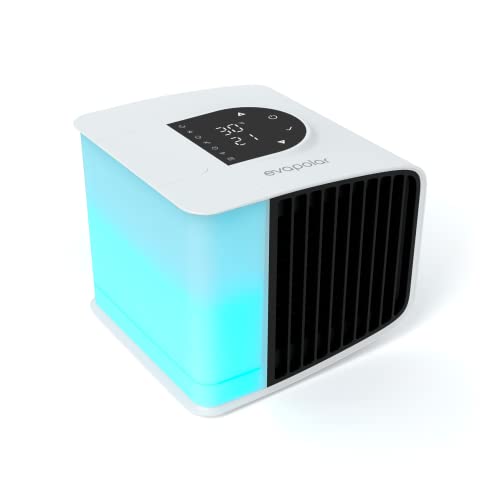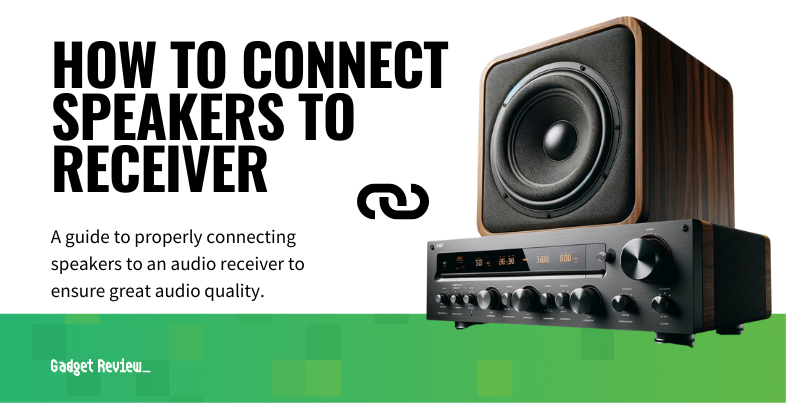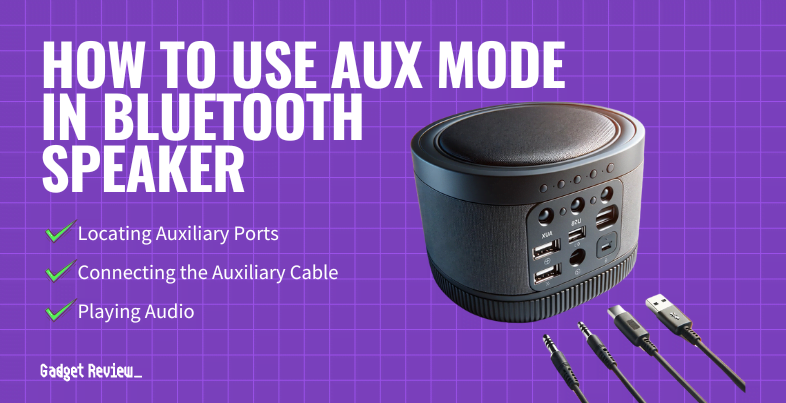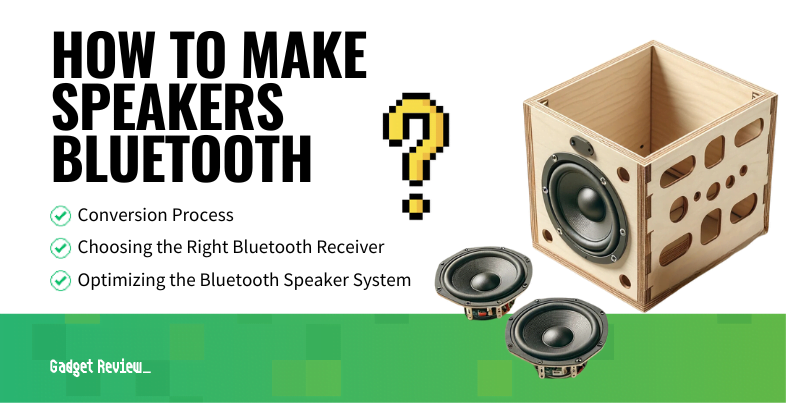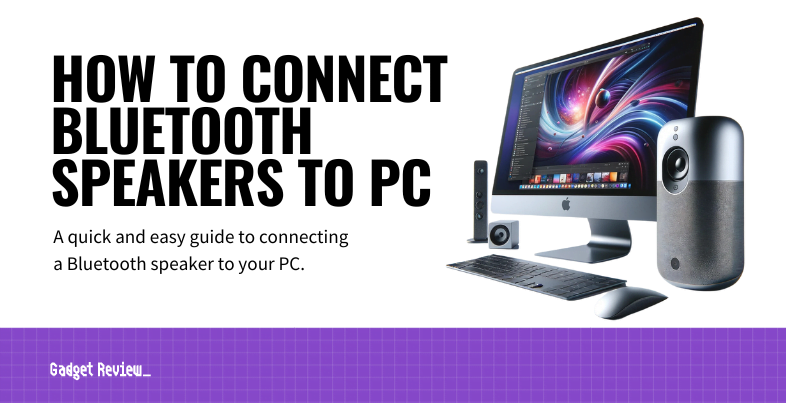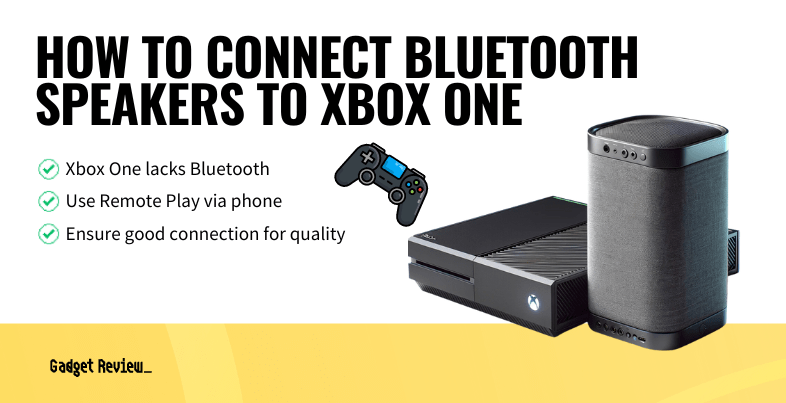Carrying a fixed-blade knife offers versatility and practicality, but finding the right carry position can make all the difference. Whether you prioritize accessibility, comfort, or concealment, there’s a carry method to fit your lifestyle. Here’s a breakdown of 10 popular fixed blade carry positions, each with its unique benefits and considerations.
This content may contain affiliate links. If you wish to support us and use these links to buy something, we may earn a commission.
10. Necklace Carry

Necklace carry keeps your knife close and easily accessible. This method involves hanging a compact fixed blade around your neck, often using a ball chain for safety—it breaks under pressure, reducing choking hazards. While it’s not the most concealed option, it works well for hunters or those who need quick access to a utility knife. However, its visibility makes it less ideal for self-defense scenarios.
9. Boot Carry

Boot carry is a favorite among hunters and outdoor enthusiasts. The knife is attached to your boot using a discreet carry clip, keeping your waistband free for other gear. While it’s not the fastest option in emergencies, it’s a reliable method for fieldwork or hiking. Comfort is key, so ensure your setup doesn’t interfere with movement or cause irritation.
8. AIWB (Appendix Inside the Waistband)
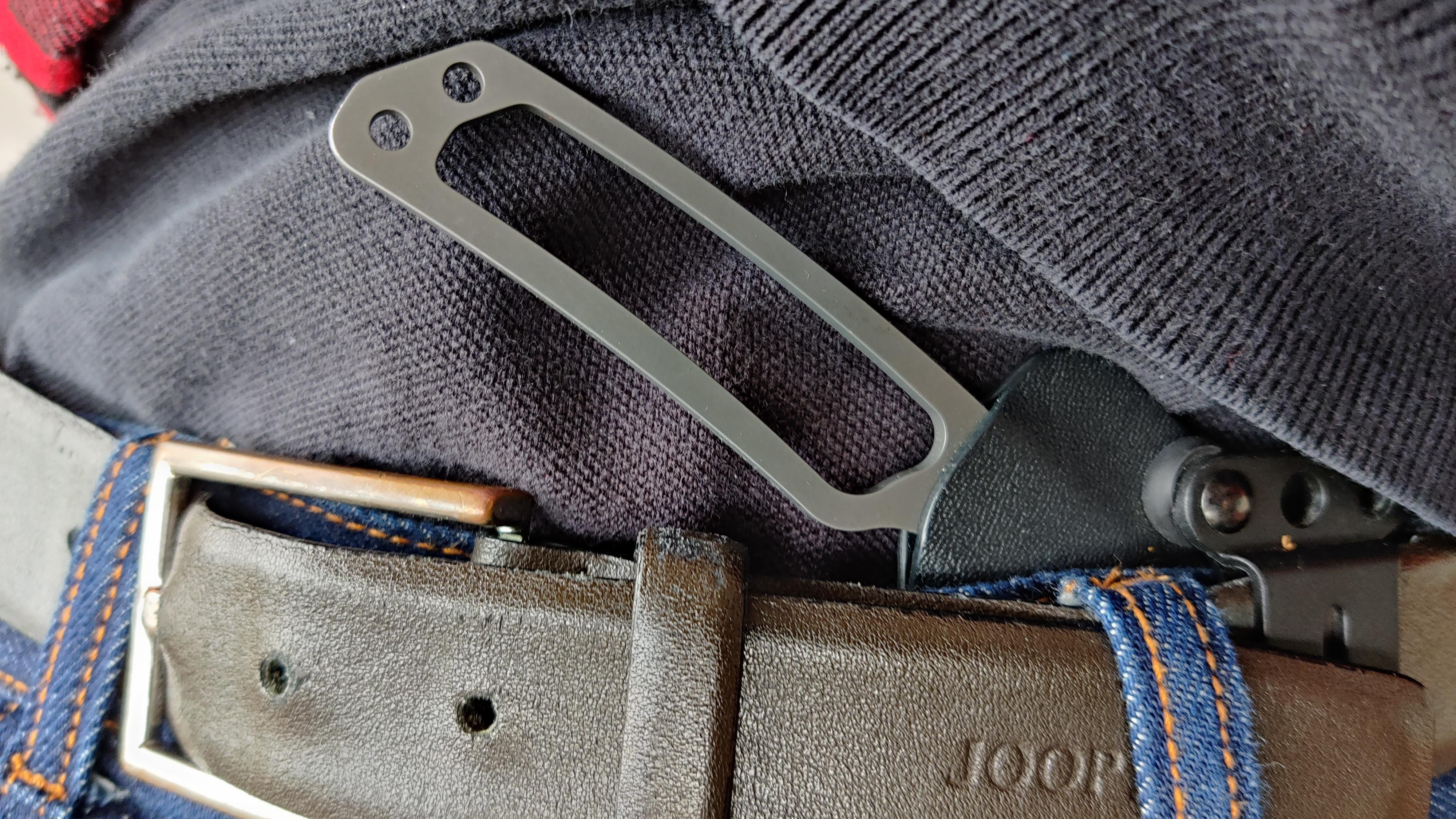
Appendix carry positions the knife at the front of your waistband, providing rapid access—especially while seated, such as in a vehicle. This style is favored for its practicality in close-quarters situations, often chosen by law enforcement professionals. Look for a knife with an ergonomic grip to ensure quick and comfortable deployment when needed.
7. Scout Carry

Scout carry places the knife horizontally on your back, making it accessible for outdoor activities like hiking or motorcycling. While it’s convenient, some argue that carrying a knife on your back can be risky if you fall. Still, for those who prioritize easy access without hindering movement, scout carry is a functional option.
6. OWB (Outside the Waistband)

OWB carry is all about comfort and accessibility. The knife is clipped to the outside of your waistband, positioned at an angle that suits your preference. This method works well for utility tasks, as it doesn’t require concealment. If you value ease of access in your EDC setup, OWB is a straightforward and reliable choice.
5. Pocket Carry

Pocket carry is one of the most discreet ways to carry a fixed blade. A compact knife with a carry clip can stay concealed in your pocket, making it perfect for everyday tasks or in areas with strict concealed carry laws. This method balances convenience and legality, ensuring your knife is secure yet easy to access.
4. Static Line

Static line carry involves attaching your knife to a cord or line that keeps it anchored while allowing for quick access. Similar to how parachutes deploy, this innovative method ensures the sheath stays secure while the knife is easily drawn. Adjustable for comfort, it’s a practical choice for those seeking a unique carry option.
3. IWB Strong (Inside the Waistband – Strong Side)

IWB strong carry positions the knife on your dominant side inside the waistband. This style offers quick access while remaining low-profile, making it ideal for those who also carry a firearm. Look for a knife with a slim, ergonomic design to prevent discomfort during extended wear.
2. IWB Weak (Inside the Waistband – Weak Side)

For added versatility, IWB weak carry places the knife on your non-dominant side. This setup allows for ambidextrous access, making it useful for those who carry other tools, like a firearm, on their dominant side. A well-designed knife ensures smooth, quick deployment when needed.
1. Cross Draw

Cross draw carry positions the knife on the opposite side of your dominant hand, enabling easy access with either hand. This method is particularly effective in defensive situations, offering a natural, fluid draw. Ensure your knife is comfortable to carry and quick to deploy for optimal performance in any scenario.
















